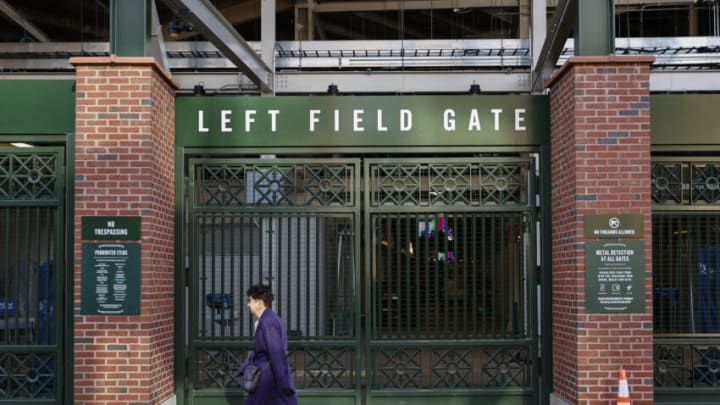
Free agency compensation
Teams have received compensation, first in the form of players but for many years in the form of draft picks, basically since the mid-1970s when free agency came into effect. The Players Association has always objected, but reluctantly gone along in an effort to achieve a broader deal.
In recent agreements, that compensation has, however, been weakened. There was a time when teams signing an eligible free agent surrendered a first-round pick as part of the process. Under the just-expired agreement, the penalty for signing an eligible free agent was tied to several factors, some of which watered down the compensation to basically a third-round pick.
If one accepts the widely accepted principle that a player who has fulfilled all his contractual terms with a team under rules outlined in the existing Basic Agreement is a free agent, then there really is no logical basis for any sort of draft pick compensation. As the Players Association has consistently pointed out, such conditions make free agency less free.
Beyond that, the argument is essentially pointless. Since 2018, 36 persons have been taken by MLB teams in the Competitive Balance/Compensations portions of the draft. Of those 36, only five — Shane McClanahan by Tampa Bay, Jake McCarthy by Arizona, and Jackson Kowar, Daniel Lynch and Kris Bubic by Kansas City — have even played in a Major League game.
McClanahan and Bubic are the only ones who have seen significant playing time. Do the owners truly propose to threaten the start of the season by a fight over Shane McClanahan and Kris Bubic?
The solution: Abandon free agent compensation.

Arbitration
The Players Association wants to replace the existing arbitration system with one that makes players eligible after two seasons, saying such a change would improve the financial status of younger players. That’s one of the Association’s core goals. The just-expired Basic Agreement basically set arbitration eligibility at three years with a small window of opportunity at two seasons for exceptional cases.
The owners locked players out because they basically want to maintain the existing arbitration structure, although they are willing to talk about status enhancements for players winning significant individual awards.
The arbitration system has always been one that tended to favor the players since arbitration was pegged to peer group performance. The peer group tended to include younger players already locked in to long-term contracts by their teams, and who were thus very well compensated.
In essence, this has created a situation where, even when players lost, they still won fairly big-time.
Last arbitration season, for example, nine arbitration cases went to a decision, four in favor of the player and five in favor of the team. Yet despite that superficially break-even record, the salaries of the nine impacted players increased nearly five-fold as a result of the decisions, from an average of $677,000 to an average of $3.22 million.
The pressure is always especially acute at the Arb 3 and Arb 4 levels. In January of 2020, the Cubs re-signed third baseman Kris Bryant, a potential Arb 3, for one season at $18.6 million, a raise of nearly $6 million. They did so out of a legitimate concern that an arbitrator might gauge Bryant’s value even higher.
The existing arbitration system, then, is generally working well. It should be left as is. The Association’s concerns for the financial health of younger players can be addressed in innovative ways already stated, such as extending minimums and service time to 40-man roster players.
